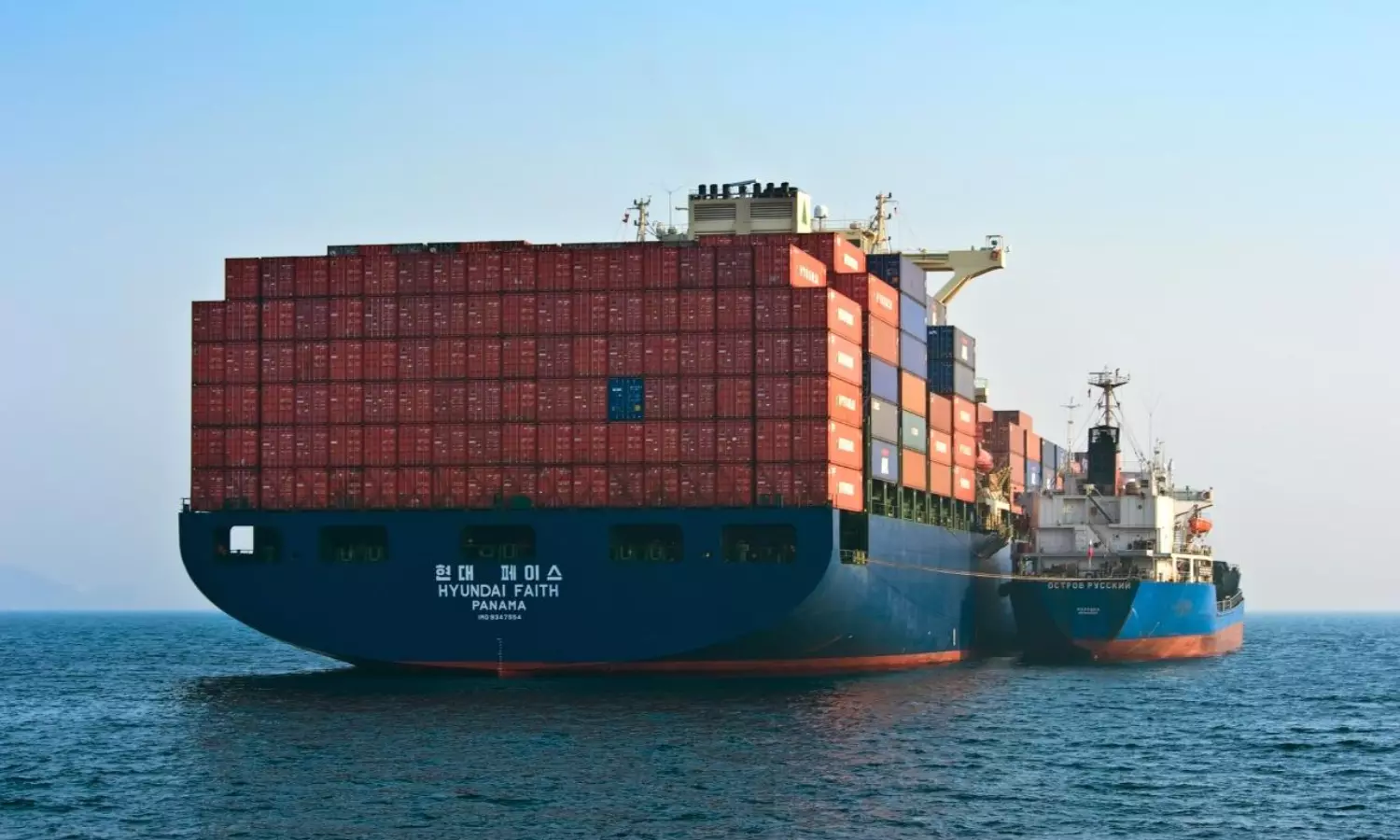Container shipping in flux: lull before the storm?
Covid-induced lockdown hits China operations; landside issues across markets continue to hamper supply chain operations

Cargo volumes from China, the world's largest containerised exporter, declined in March, and ports saw some relief from vessel and box logjams while global freight rates slid from record highs.
The Platts Container Rate Index – a weighted average of S&P Global Commodity Insights' key container rate assessments – declined 4 percent to $6,326/FEU on March 28 from the start of the the month and down 13 percent from the beginning of 2022, S&P Global Platts said in its monthly update.
"While a demand-driven rebound had been anticipated in early April, market sentiment now holds that demand will remain muted through the first weeks of the second quarter as widespread lockdowns will reduce output."
China has placed fresh lockdowns across Shanghai, putting the global supply chain in another crisis. "Despite terminals remaining operational, several carriers have been blanking sailings at major ports, leading to concerns of cargo backlogs and long queues at ports, sources said."
Box rates into the East and West Coasts of North America decoupled further during March as shippers looked to reshuffle cargo away from the congestion-ridden US Pacific Coast amid a dip in trans- Pacific volumes into both coasts. "Container rates into the USEC rose 9 percent to $12,000/FEU during the month as both terminals and inland infrastructure was congested, brought on largely by cargo allocations being reshuffled to USEC ports by beneficial cargo owners (BCOs)."
Freight, charter rates stay high
The container shipping industry remained capacity constrained in the first quarter (January-March 2022), especially from landside disruptions and port bottlenecks that reduced effective vessel capacity," Maersk said in its APAC March Market Update. "Despite a gradual slowing in spot markets, freight and charter rates remained high. The uncertainty over the easing of capacity constraints and equipment make it challenging to predict when freight rates will begin to normalise."
Anne-Sophie Zerlang Karlsen, Head of Operations, Asia Pacific, Maersk added in her LinkedIn post: "The effects of the Russia-Ukraine conflict and the surge of Covid-19 outbreaks in China have resulted in rising energy prices and disruptions across the global supply chains. Analysts predict that prices will remain elevated for the rest of the year and even though we expect the Chinese ports to continue working without major issues, we foresee a 15-20 percent decrease in trucking capacity in Shanghai due to stricter Covid-19 controls. We are working to increase our barge and rail capacity to off-set same, and continue to follow the fluid situation closely."
The global XSI ® continued to climb in March 2022, rising 7 percent month-on-month to 265 points, Xeneta said in its update. "This represents a new all-time high for the benchmark and ensures the index is 96.7 percent higher than the equivalent period of 2021. It has also appreciated by 7.2 percent since the end of last year.
"Yet again, we saw another bumper month for the carrier community with climbs across all major trader corridors for both export and import indices," says Patrik Berglund, CEO, Xeneta. "Long-term rates are reaching all-time highs and carriers are undoubtedly sitting pretty in contract negotiations but there are signs that future adjustments may be edging onto the horizon."
Covid shutting down China
The ongoing lockdowns in China due to the increase of Covid-19 cases are impacting factories, warehouses and distribution centres as well as trucking service availability, says DHL in its Ocean Freight Market Update - April 2022. "Even with ports formally open, the lack of terminal handling staff and the expected trucking delays could force carriers to skip numerous Pearl-River Delta calls or keep vessels waiting causing major delays."
Listing out freight outlook for key markets, DHL said the current Covid outbreak and related restriction will soften the demand for the next few weeks on the Asia Pacific (ASPA) Europe route. "After that we could see a major rebound.
"ASPA- North America (AMNO) - "Some carriers are opening up FAK space to USWC while USEC space remains tight. Covid-19 outbreaks across China have led to widespread lockdowns in key port cities including Shenzhen and Shanghai. While carriers and port operators said terminals are working normally, the lockdowns are impacting factories, warehouses and distribution centres."


